An eye-popping $1.65 trillion is stuck in lost or forgotten 401(k)s — here’s why it took this Brooklyn man 4 years to get his money
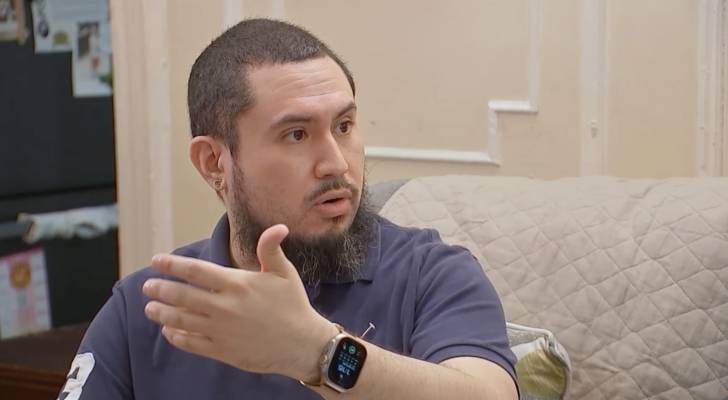

Jose Valentin worked hard throughout his life, both in the Air Force and in law enforcement. Most recently, the Brooklynite was a dispatcher for an armored car company for 15 years until pancreatic cancer suddenly cut his life short in 2021. Don’t miss I’m 49 years old and have nothing saved for retirement — what […]
I’m 51 and have no debt except a mortgage. My job is offering me a payout when I leave — should I take a $71,000 lump sum or $455 per month for life?


Lester, a 51-year-old from Pittsburgh, has no debt aside from his mortgage. The company he works for recently sent a letter to employees offering them a lump-sum payment when they leave in return for ending their participation in the company’s pension plan. He can choose a one-time payout of $71,000, or he can opt to […]
‘Son, roll up your sleeves’: Dave Ramsey lays into ‘entitled’ man for questioning why to even invest if he might not live to enjoy his riches — but Ramsey says his mindset is the real problem
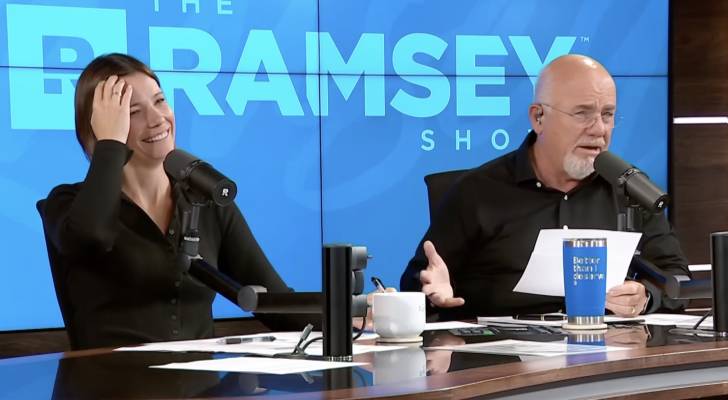

Sometimes you can get the best advice by poking the bear. One write-in guest on The Ramsey Show found out the hard way after trying to “make sense” of Dave Ramsey’s investment advice. Don’t miss I’m 49 years old and have nothing saved for retirement — what should I do? Don’t panic. Here are 6 […]
Banks are opening dozens of new branches in this 1 part of America — in the age of apps, online banking. Here’s the state and why
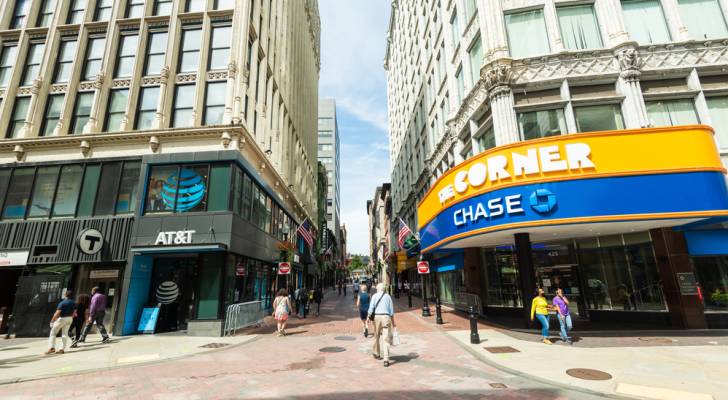

In the era of mobile apps and digital banking, it’s not surprising that several banks are shuttering some of their branches. But now, at least in some markets, a few banks are actually opening brand-new branches. An average of 1,646 branches have closed each year in the U.S. since 2018, according to an analysis of […]
Tampa woman at a crossroads with her brother after he refused to repay a car loan she took out for him — but The Ramsey Show hosts remind her she’s the one in the driver’s seat


Four years ago, Carmen from Tampa, FL, did her brother a solid by letting him move into her home when he was low on cash. She didn’t charge him rent and she even took out a car loan for him — in her name. Fast forward to now, and their fortunes are reversed. Carmen needs […]
Are US taxpayers getting ‘DOGE dividend’ checks? What we know about the idea floated by Trump and Musk — and if we do get them, why they might only cover a fraction of the cost of tariffs


Back in February, James Fishback, founder and CEO of investment firm Azoria, proposed the idea of a “DOGE dividend” on social media. It was an idea that caught the attention of Elon Musk. “American taxpayers deserve a ‘DOGE Dividend’: 20% the money that DOGE saves should be sent back to hard-working Americans as a tax […]
‘It felt like I was in a movie’: North Korean agents infiltrated this Atlanta man’s business, gaining his trust as ‘super-duper talented’ remote workers — then stole $1M in crypto
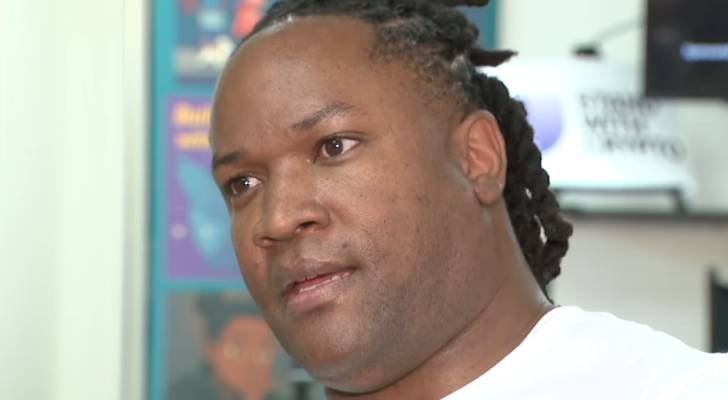

It sounds like the plot of an action-thriller, but for one Atlanta tech entrepreneur, an elaborate cryptocurrency theft involving North Korean assets became his reality. “It felt like I was in a movie,” Marlon Williams told Channel 2 News (WSB-TV). “That’s where we see these things, right?” Rather than a phishing scam with criminals pretending […]
I’m 69 with $300K in savings but I’ve got a $250K reverse mortgage causing me serious stress. Should I just use most of my savings to pay it off ASAP and aim to survive on Social Security?


Imagine this scenario: Samantha is retired at 69, but a few years back she took out a reverse mortgage. Now, she’d like to be done with it, especially since the loan comes with a hefty interest rate of 6.75%. She currently has about $375,000 in home equity while her reverse mortgage loan is close to […]
‘Too old to be having these problems’: Cincinnati mom left ‘confused’ after partner walked out on her when they found out she was pregnant — so Dave Ramsey helped her build a ‘baby budget’
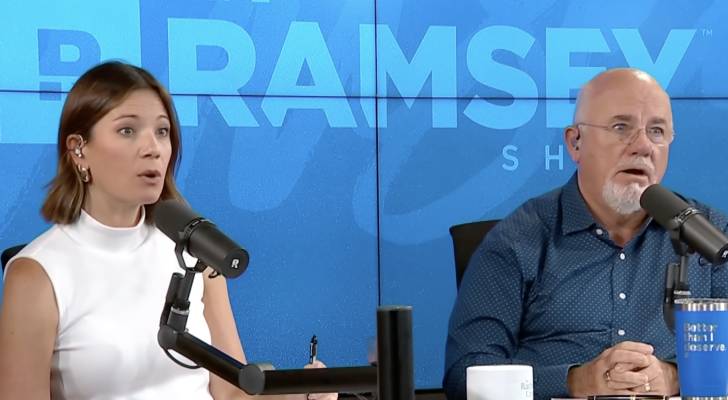

Johi called into the The Ramsey Show from Cincinnati, reeling from a week in which her boyfriend of 14 years deserted her — right after she discovered she was pregnant with their second child. “He was just not ready to take on that responsibility, so he left,” she said. They already have a 12-year-old child […]
Americans of all ages are suddenly cooling on Florida — and this 1 hot spot has been hit the hardest. 3 reasons this once trendy city is seeing ‘the biggest slowdown’ in new residents


Florida has long been a magnet for Americans looking for a better life. Low taxes, affordable housing, a low cost of living and pleasant winter weather have made it a popular move — and not just for retirees. Young people seeking economic opportunities have come in search of jobs in technology, health care and tourism […]
